It would be difficult not to know that there has been a run on a British bank for the first time since the 1860s. Not the kind of historic record one wants to break really … I’m not going to comment on the financials, but I think this is a classic example of using your website to help manage people’s understanding of a major crisis.
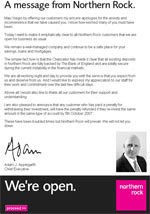 I didn’t visit the site for a while (at least partly because there were reported difficulties with the site crashing as a result of the public interest in this episode), but have noticed over the last few days that there are new pages on display. The new first page (a splash page before you can reach the home page) is a message from the CEO, similar if not identical to the full page ad with the same message run in the papers recently.
I didn’t visit the site for a while (at least partly because there were reported difficulties with the site crashing as a result of the public interest in this episode), but have noticed over the last few days that there are new pages on display. The new first page (a splash page before you can reach the home page) is a message from the CEO, similar if not identical to the full page ad with the same message run in the papers recently.
Then, there have been changes to the usual home page, too: 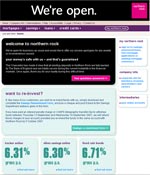
And from this page, the visitor can find a FAQ page, to help reassure them that the bank is safe and stable. 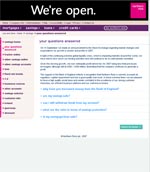
And, if one were to visit the corporate area, there is yet another splash page before reaching the main content: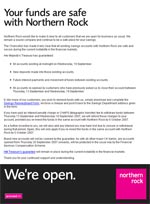
Again, the home page for the corporate area of the site has changed: 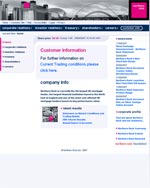
Now, I’m not sure how long it took for these pages to appear on the site, and I think they’ve changed again over the last few days as the situation changes, but I believe they’ve done absolutely the right thing by highlighting this issue so very prominently. Of course, it would be impossible to ignore the problem, but I suspect a few companies would have forgotten about the website in the attempt to manage the traditional press.
Some people advise keeping a ‘dark’ section of the website ready to be unveiled in time of crisis for message management – but I think it would be difficult to predict what the crisis might be and therefore tricky to have the content ready-prepared. Better, I suspect, to have the capacity to determine the message, and the ability to upload fresh content to the site very quickly. Updating the website – whose responsibility it will be to decide what to say, and to arrange for it to be said – should be part of every crisis plan.
Incidentally, I was charmed to see the rugby team that are sponsored by Northern Rock in a photo call to support their sponsors – all in their branded rugby kit, waving their account passbooks. This was a great reminder that sponsorship is a two-way deal. Northern Rock is a bank with local roots, and here were the local team standing up for their sponsors. Naturally, the passbooks were all their own, and not just handed out by the PR people – weren’t they?
Lucy is Editor at Corporate Eye
